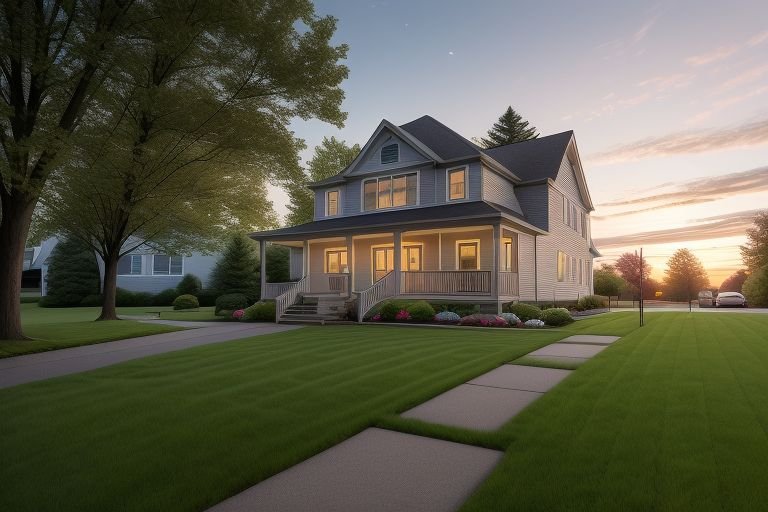
Amherst Town Council Approves Stricter Nuisance Property Bylaw
Currently, the Amherst Town Council has approved a tighter nuisance property by law to equip municipal building inspectors and police officers to deal with problems with properties that affect the quality of neighborhoods in the town. The measure, which was passed in the council meeting, sought to address some matters like loud partying and the use of raw underage alcohol in residential units. Town officials also contend that the new bylaw will afford a better means to guarantee follow-through investigations and enforcement actions within the receipt of the complaint.
In the current revised regulations, both the owners of properties and tenants can pay extra fines in case of consecutive violations. The bylaw provides nuisance activities such as any violations of peace with loud music and sound, drinking in prohibited areas, throwing litter, and other unlawful misconducts. Penalties and probable loss of licenses for the rented premises are among the legal actions available to town authorities at the present time. It is in reaction to a constant complaint from stayers about student rentals and party houses in residential areas.
Those in favor of the current more stringent bylaw believe the measure will assist in maintaining community integrity and prevent tension between residents and students who are temporarily in the area. However, some of the landlords, as well as student organizations, have been cautious, and they fear that some properties’ owners may be targeted unfairly with requests that are excessive. More specifically, town officials stress that the aim is not to prevent students from renting homes but to enable all citizens to live quiet lives.
New rules will start next month after the public has been educated on them. To ensure that people in the town understand how expectations will be enforced and managed, the town will reach out to property owners, tenants, and students with informative material. They add that in most instances, they will prefer to warn firms to observe the laws voluntarily before using penalties such as fines. There will be a collaboration between the police department and the building inspection office to address the implementation and monitoring of problem properties.
Public response to the bylaw change has, however, not been fully positive. Some residents believe that at least the council is doing something about an issue that has become the order of the day, while others are concerned with possible grievous repercussions or bias implementation. The town manager’s office said it will continue to assess the effects of the new regulations on businesses and consumers and adapt as necessary. During discussions, council members strongly emphasized the objective of enhancing the quality of life of all citizens of Amherst and simultaneously preserving the friendly environment for students and guests.
The nuisance property bylaw is not isolated from other similar strategies that ton leaders have employed to address the satisfaction of residents’ needs. Other recent programs involve housing, and this embraces the areas of sustainability and affordable economy. Like all towns trying to sustain life and identity in the wake of new development and student populations, Amherst, the town hosting both the Amherst College and the University of Massachusetts Amherst, is caught in the difficult task of accommodating growth. In your opinion, are town-gown relations in danger, or are local leaders genuinely working to pursue the best interests of students, albeit managing the principals’ concerns from year-round townspeople?
Application of the new bylaw would be steel by other college towns with similar problems with student rental houses and other antisocial conducts that affect the neighbors. Amherst’s efforts can represent examples that other communities can use to modify or develop new nuisance ordinances on their own. As more time passes in the academic year, town officials will collect urbane data regarding complaints and enforcement actions implemented, as well as overall neighborhood satisfaction, in order to gauge the new ordinances’ effectiveness at achieving them.